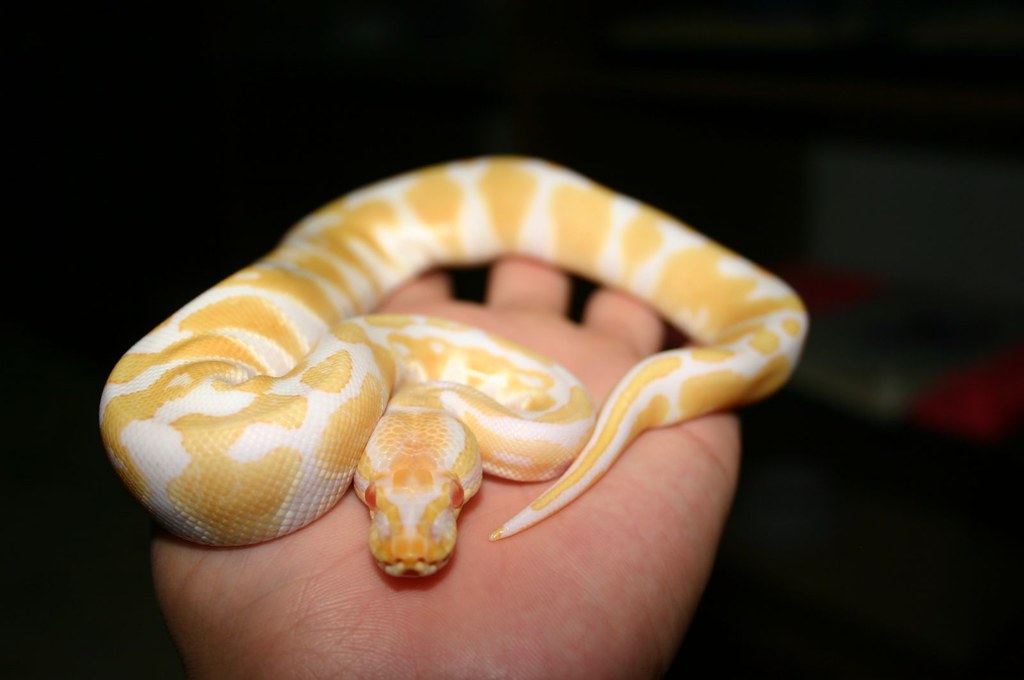Exotic reptiles make fascinating pets, but their unique physiology and behaviors can make it challenging to detect when they’re unwell. Unlike mammals that may vocalize or show obvious distress, reptiles have evolved to hide signs of weakness—a survival mechanism that unfortunately works against owners trying to monitor their health. Early detection is crucial, as reptiles often don’t show symptoms until an illness has significantly progressed. This comprehensive guide will help reptile enthusiasts recognize subtle warning signs across different species, understand when veterinary care is needed, and take appropriate steps to ensure their scaly companions receive timely treatment.
Understanding Reptile Behavior Baselines
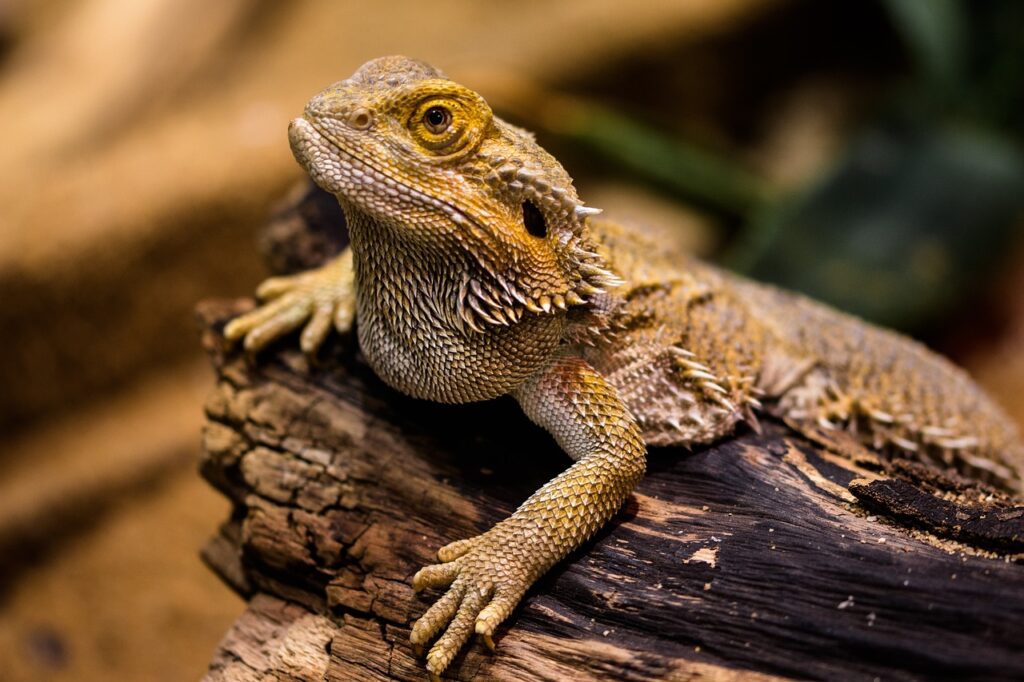
Before you can identify abnormal behavior, you must establish what’s normal for your particular reptile. Individual reptiles, even within the same species, can exhibit unique personalities and habits. Spend time observing your healthy pet’s regular eating patterns, activity levels, basking behaviors, and elimination routines. Keep a simple journal during the first few weeks of ownership to document these patterns, noting how they respond to handling, feeding, and environmental changes.
This baseline information becomes invaluable when assessing potential health issues, as subtle deviations from normal behavior often provide the earliest indication of illness. Remember that seasonal changes and breeding cycles can also affect behavior, so factor these natural variations into your assessment.
Changes in Appetite and Feeding Behavior

One of the most reliable indicators of reptile health is appetite, though normal feeding patterns vary dramatically between species. Bearded dragons typically eat daily, while some snakes may only feed monthly—understanding what’s normal for your species is critical. A sudden refusal of food, especially in species that normally eat enthusiastically, should raise immediate concerns. However, temporary appetite decreases during shedding, brumation periods, or breeding seasons are normal for many reptiles.
Watch for more troubling signs like repeated attempts to strike at food without successfully consuming it, which may indicate neurological issues or mouth infections. Food regurgitation, particularly in snakes, can signal digestive problems, improper temperatures, stress, or internal parasites requiring veterinary attention.
Abnormal Fecal Matter and Digestive Issues

Monitoring your reptile’s waste provides crucial insights into their digestive health and potential parasitic infections. Healthy reptile feces typically have three components: solid waste, urates (white crystalline waste), and sometimes urine, with appearance varying between species. Red flags include diarrhea, unusually runny or malodorous stools, undigested food particles in feces, or straining to defecate. Bloody or mucus-covered feces warrant immediate veterinary attention, as they may indicate parasitic infections, impaction, or serious gastrointestinal disease.
Changes in urate color—particularly yellow or green discoloration—can signal liver or kidney problems. Establishing a regular cleaning schedule not only maintains hygiene but also helps you monitor elimination patterns and quickly identify concerning changes.
Respiratory Symptoms and Breathing Difficulties
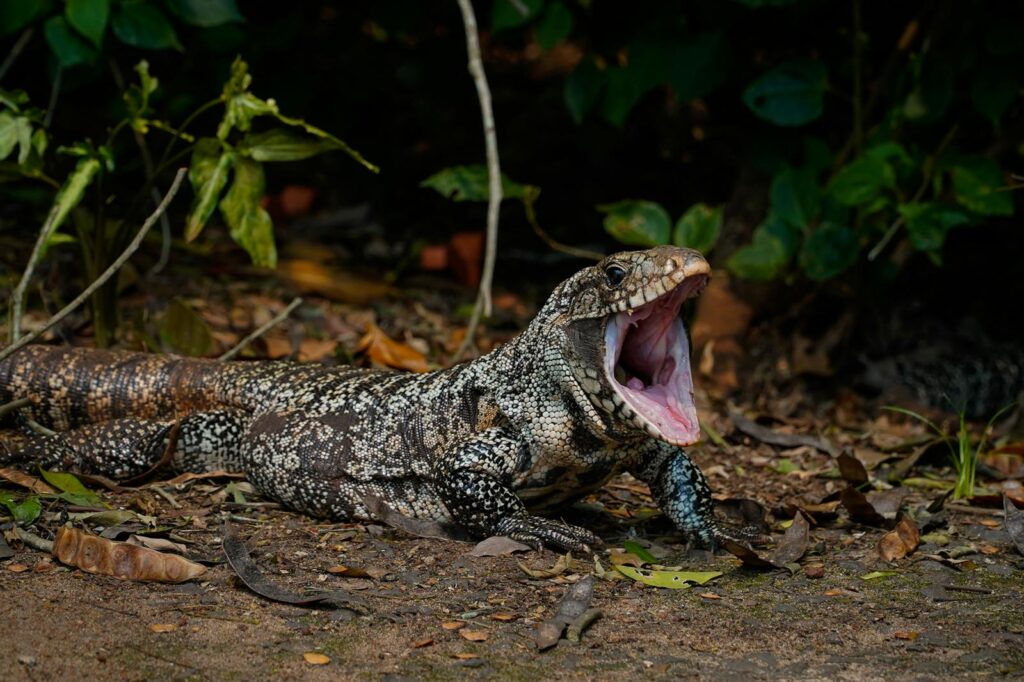
Respiratory infections are common in reptiles, especially when environmental conditions aren’t optimal. Watch for open-mouth breathing (except in species where this is normal thermoregulatory behavior), wheezing, bubbling or discharge from the nostrils or mouth, and audible breathing sounds like clicking or whistling. Unusual posturing, such as extending the neck to breathe or keeping the head elevated, often indicates respiratory distress. Respiratory infections can quickly become life-threatening in reptiles due to their single-chambered lungs and sometimes primitive respiratory systems.
Environmental factors like improper humidity levels, inadequate temperature gradients, or poor ventilation often contribute to these conditions. Remember that respiratory infections require veterinary treatment with appropriate antibiotics, as they rarely resolve without medical intervention.
Skin, Scale, and Shell Abnormalities
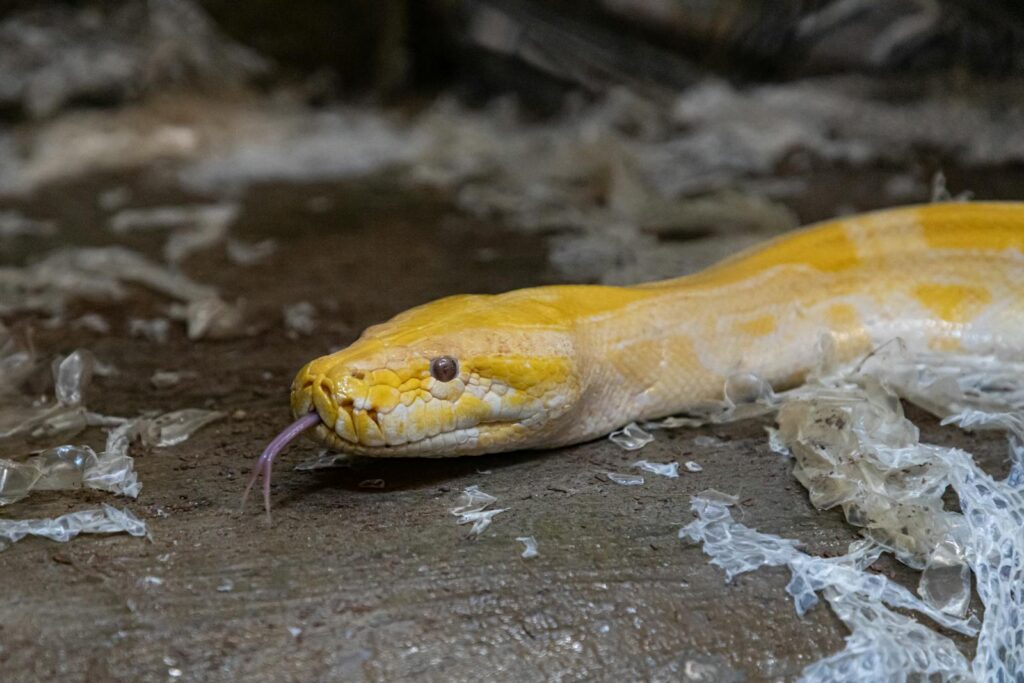
The condition of a reptile’s skin, scales, or shell offers important clues about their overall health and husbandry. While shedding is normal, incomplete or difficult sheds (dysecdysis) often indicate inappropriate humidity, nutritional deficiencies, or underlying health issues. Watch for retained eye caps in snakes, patches of unshed skin, or skin that appears dry, flaky, or discolored. Blisters, burns, or wounds may develop from improper heating elements or substrate issues.
In turtles and tortoises, shell problems like pyramiding, soft spots, or discoloration often relate to diet and environmental factors, particularly UVB exposure and calcium/phosphorus balance. Fungal and bacterial infections may appear as unusual spots, swelling, or discharge, while mites and ticks can be spotted moving on the skin or hiding between scales, requiring immediate treatment.
Weight and Body Condition Changes
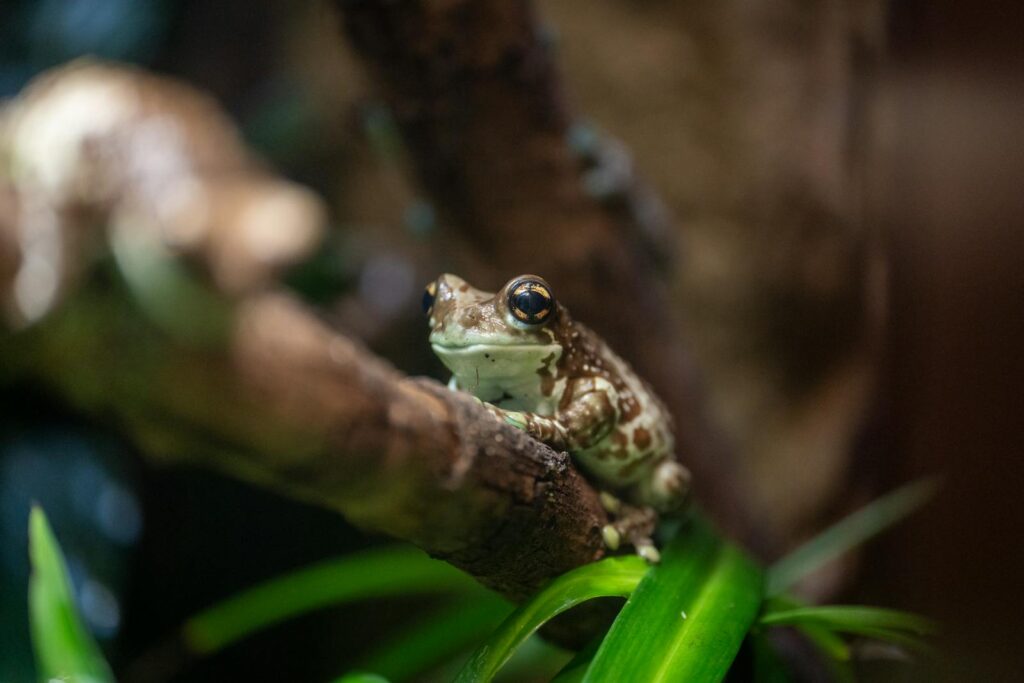
Monitoring your reptile’s weight and body condition provides crucial information about their health trajectory. Purchase a digital gram scale appropriate for your pet’s size and weigh them regularly—weekly for juveniles and monthly for adults—recording measurements to track trends. Sudden weight loss, particularly when accompanied by normal feeding patterns, can indicate parasite loads or metabolic issues. Obesity is equally problematic, especially in captive reptiles with limited exercise opportunities, and can lead to fatty liver disease, reproductive complications, and joint problems.
Learn to assess your reptile’s body condition by recognizing healthy muscle tone and fat distribution for your particular species. In snakes and lizards, the spine shouldn’t protrude sharply nor should the body appear rounded and puffy, while turtles and tortoises should not have excess skin folds or difficulty retracting into their shells.
Movement and Posture Irregularities

Changes in how a reptile moves can signal neurological issues, nutritional deficiencies, or physical injuries. Healthy reptiles generally exhibit smooth, coordinated movements appropriate to their species. Concerning signs include tremors, twitching, head tilting, circling, difficulty righting themselves, dragging limbs, or an inability to climb surfaces they previously managed with ease. Metabolic bone disease, common in calcium-deficient reptiles, manifests as soft or deformed bones, swollen limbs, and abnormal posture or movement. Unusual posturing, like a snake consistently holding its body in an S-shape when resting or a lizard keeping its legs splayed out, may indicate pain or discomfort. Paralysis or weakness in the hind limbs of female reptiles during breeding season could suggest egg-binding or reproductive tract issues requiring urgent veterinary attention.
Eye Conditions and Visual Abnormalities
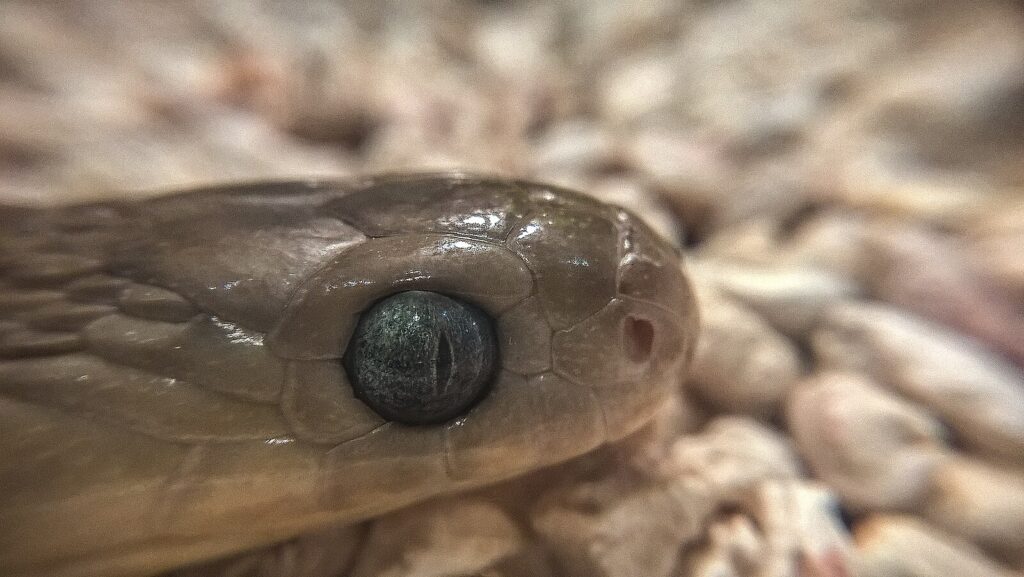
Healthy reptile eyes should be clear, bright, and free from discharge or swelling. Sunken eyes often indicate dehydration, while bulging eyes may signal infections, vitamin deficiencies, or internal pressure problems. Cloudy eyes that aren’t part of the normal pre-shedding process (called “blue phase” in snakes) can indicate bacterial infections, injuries, or systemic diseases.
Retained eye caps in snakes following an incomplete shed require careful attention, as they can lead to infections or even blindness if not properly addressed. Look for discharge, crusting around the eyes, excessive blinking, or keeping eyes closed, all of which suggest irritation or infection. In species with a third eyelid (nictitating membrane), this should move smoothly across the eye—if it appears stuck or swollen, this typically indicates an issue requiring veterinary assessment.
Mouth Issues and Oral Health
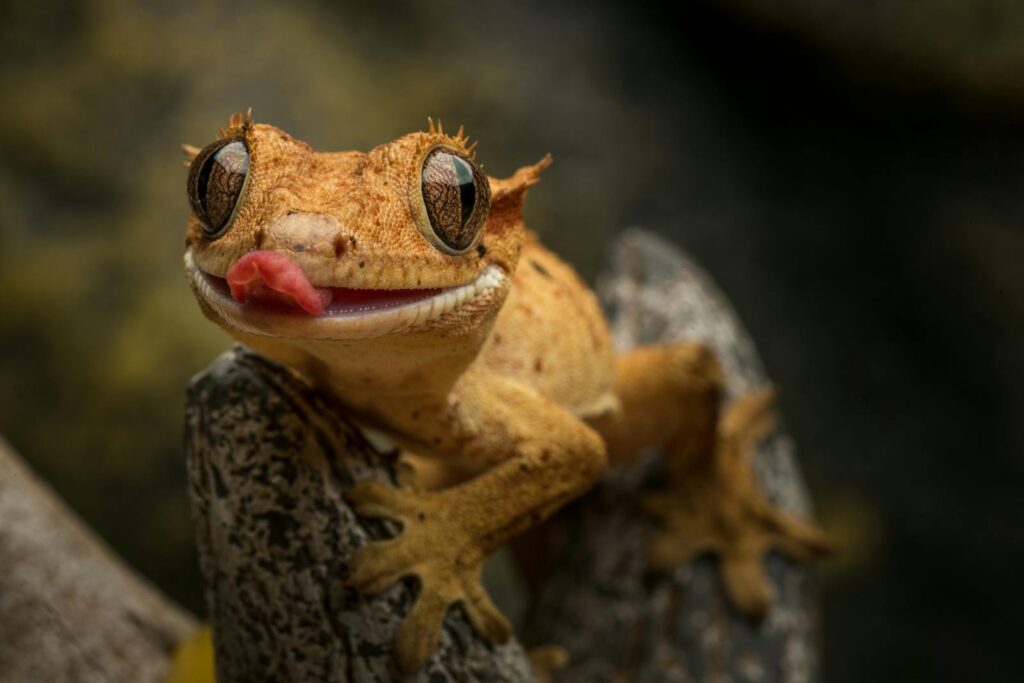
The mouth provides important insights into a reptile’s overall health status, though examining it requires careful handling techniques. Signs of mouth rot (infectious stomatitis) include redness, swelling, or cheesy yellow-white material along the gumline or inside the mouth. Excessive salivation or difficulty closing the mouth completely can indicate oral infections, foreign objects, or neurological issues. Examine the tongue for discoloration, lesions, or unusual movements that might signal nutritional deficiencies or infections.
In herbivorous species, overgrown beaks may develop from insufficient abrasive foods in the diet, making eating difficult and requiring veterinary trimming. Regular gentle examination of your reptile’s mouth can help catch these issues early, though this should be done carefully to avoid causing stress or injury to yourself or your pet.
Behavioral and Activity Level Changes
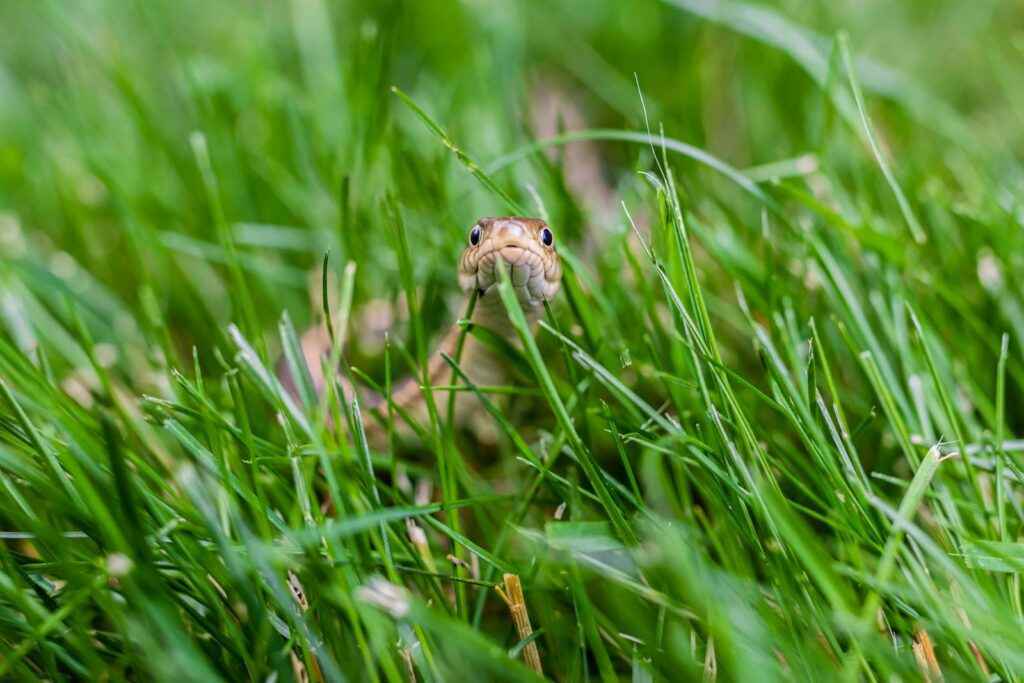
Significant changes in your reptile’s temperament or activity levels often signal health problems. A normally docile reptile becoming aggressive or a typically active species becoming lethargic warrants investigation. While many reptiles naturally spend significant time inactive, particularly during specific parts of their daily cycle, unusual inactivity outside normal patterns should raise concerns.
Repetitive behaviors like glass surfing (repeatedly trying to climb terrarium walls), digging frantically, or excessive scratching can indicate stress, improper environmental conditions, or neurological issues. Increased hiding, particularly in species that are normally visible, may indicate stress, illness, or a response to environmental discomfort.
Social species suddenly avoiding tankmates or, conversely, territorial reptiles failing to defend their space may be experiencing health issues affecting their normal behavioral patterns.
Response to Environmental Conditions
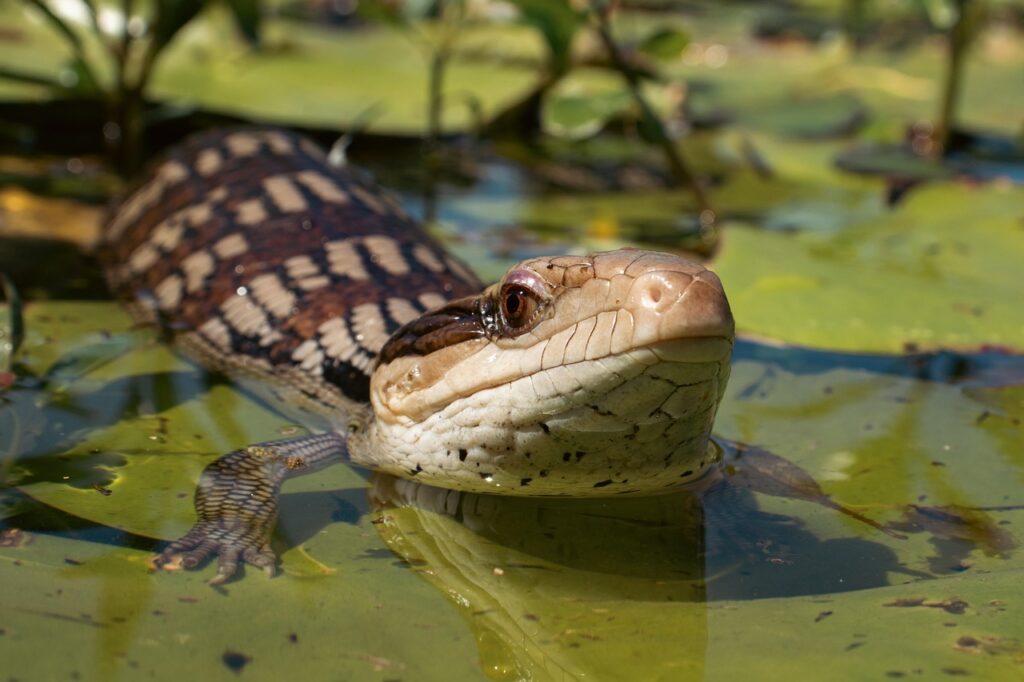
Healthy reptiles actively regulate their body temperature by moving between warming and cooling areas in their enclosure. A reptile consistently avoiding its basking spot or, conversely, remaining under heat sources constantly might be struggling with illness or improper temperature gradients. Watch how your pet responds to humidity changes, particularly during shedding periods when many species require higher humidity.
Abnormal environmental responses, like a desert species spending excessive time in water or a semi-aquatic species avoiding water entirely, often indicate health issues or discomfort. Pay attention to how your reptile utilizes the vertical space in its enclosure, as changes in climbing behavior in arboreal species can signal weakness, calcium deficiencies, or vision problems. These behavioral thermoregulation patterns provide valuable insights into your reptile’s physiological state that might not be immediately apparent through other symptoms.
Species-Specific Warning Signs
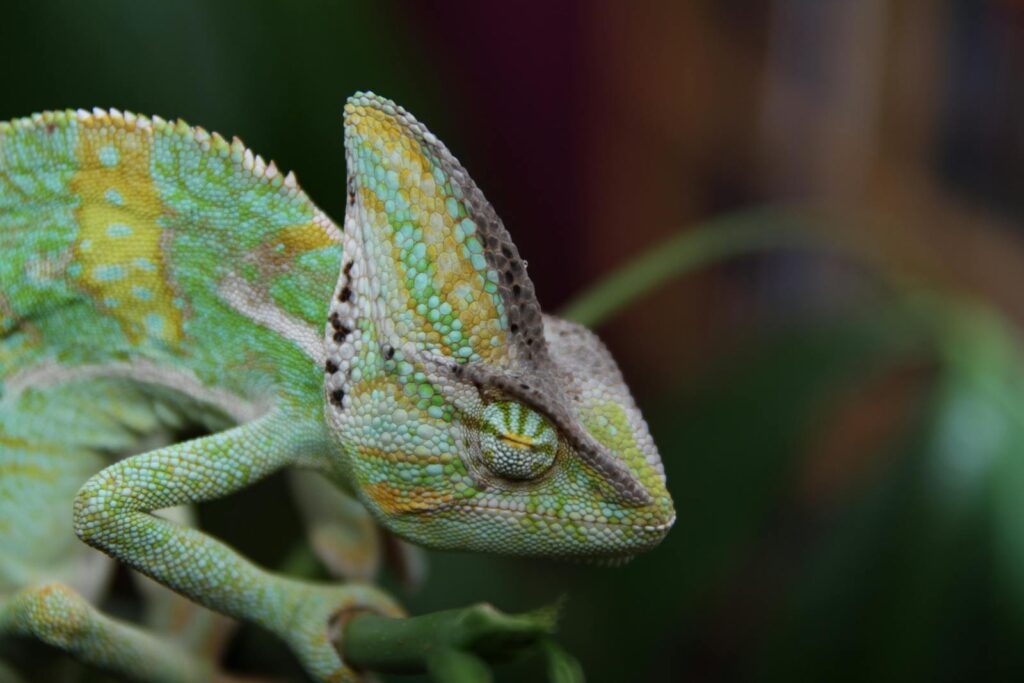
Different reptile groups display unique illness indicators that owners should specifically monitor. Chameleons, known for their color-changing abilities, may display unusually dark or dull coloration when stressed or ill, and their normally expressive eyes might appear sunken when dehydrated. Bearded dragons often signal respiratory infections by puffing their beard repeatedly without the accompanying black coloration used in normal territorial displays. In tegus and monitors, changes in tongue-flicking frequency can indicate neurological issues or loss of sensory perception.
Tortoises might demonstrate shell softening from metabolic bone disease, while aquatic turtles floating asymmetrically or having difficulty submerging could be experiencing respiratory or buoyancy problems. Understanding these species-specific indicators, beyond general reptile symptoms, dramatically improves your ability to detect health problems early in your particular pet.
When to Seek Veterinary Care

While minor behavioral changes might warrant watchful waiting, certain symptoms demand immediate professional attention. Seek emergency veterinary care for respiratory distress, prolonged anorexia (species-dependent but generally concerning after 2-4 weeks in most reptiles), significant lethargy combined with other symptoms, seizures or neurological symptoms, prolapsed organs, significant injuries, or egg-binding in females. Establish a relationship with an exotic veterinarian experienced with your specific reptile species before emergencies arise, as not all veterinarians are trained in reptile medicine. Many reptile conditions are treatable when caught early but become critical when diagnosis is delayed. Consider scheduling regular wellness exams (typically annually) for preventative care, including fecal parasite testing, even when your reptile appears healthy, as this can catch subclinical issues before they become serious problems.
Caring for exotic reptiles requires attentiveness to subtle changes that might indicate health problems. By establishing baseline behaviors, maintaining optimal environmental conditions, and monitoring your reptile’s physical appearance and activities, you can detect illness early when treatment is most effective. Remember that reptiles have evolved to mask weakness, making regular observation particularly important for their healthcare.
When in doubt about any concerning changes, consult with a reptile-experienced veterinarian rather than waiting for symptoms to worsen. With proper attention to these warning signs, you can help ensure your exotic reptile companion enjoys a long, healthy life in your care.


